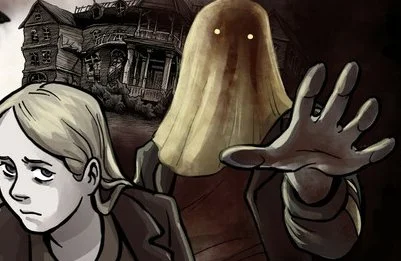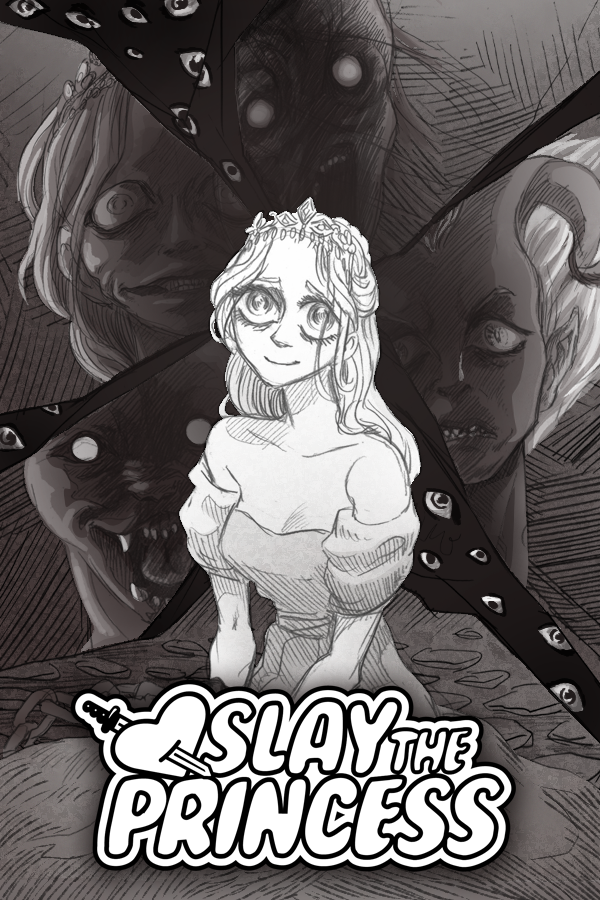Psychological Themes in Life is Strange
Life is Strange, developed by Dontnod Entertainment, is a critically acclaimed episodic graphic adventure game that explores complex psychological themes through its narrative and character development. This article delves into the psychological aspects of Life is Strange, focusing on themes such as trauma, identity, morality, and the impact of choices. By examining these elements through the lens of psychological theory and research, we can gain a deeper understanding of how video games can effectively convey profound psychological experiences.
Trauma and Coping Mechanisms
Depiction of Trauma
One of the central themes in Life is Strange is trauma, particularly as experienced by the protagonist, Max Caulfield, and her best friend, Chloe Price. Chloe’s trauma, stemming from the loss of her father and subsequent abandonment by Max, manifests in various ways, including anger, risk-taking behaviors, and substance abuse. According to Herman (1997), trauma can significantly disrupt an individual’s sense of safety, identity, and relationships. Chloe's behaviors can be understood as attempts to cope with her unresolved grief and abandonment issues.
Coping Mechanisms
Max's ability to rewind time serves as a metaphor for coping with traumatic events and the desire to "fix" past mistakes. This ability can be seen as a form of wishful thinking, a common coping mechanism where individuals fantasize about altering past events to mitigate current distress (Thompson et al., 2011). The game highlights the limitations of this coping strategy, emphasizing that not all consequences can be undone and that acceptance and processing of trauma are essential for healing.
Identity and Self-Concept
Adolescent Identity Formation
Life is Strange also explores the theme of identity, particularly during adolescence, a critical period for identity formation (Erikson, 1968). Max's return to her hometown and re-engagement with old friends and environments prompts her to re-evaluate her sense of self. This process is reflective of Erikson's (1968) theory of psychosocial development, where adolescence is characterized by the crisis of identity versus role confusion.
Gender and Sexuality
The game subtly addresses issues of gender and sexuality, particularly through Max and Chloe’s relationship. The ambiguity of their relationship allows players to project their interpretations, reflecting contemporary understandings of fluid sexuality and the exploration of identity (Diamond, 2008). This open-endedness aligns with findings that adolescence is a time for exploring various aspects of identity, including sexual orientation (Savin-Williams & Diamond, 2000).
Morality and Ethical Decision-Making
The Impact of Choices
A defining feature of Life is Strange is its emphasis on player choices and their moral implications. Throughout the game, players must make decisions that affect the storyline and the fate of the characters. These choices often involve moral dilemmas that challenge players to consider the consequences of their actions, reflecting Kohlberg's (1984) stages of moral development. The game’s branching narratives provide a compelling exploration of ethical decision-making, highlighting how individuals balance personal values, social expectations, and potential outcomes.
Empathy and Perspective-Taking
Life is Strange fosters empathy and perspective-taking by allowing players to experience the consequences of their choices from different characters' viewpoints. According to Batson et al. (1997), perspective-taking is a critical component of empathy, which can enhance prosocial behavior and ethical decision-making. By engaging players in the lives and struggles of its characters, the game promotes a deeper understanding of diverse perspectives and moral complexities.
The Role of Social Relationships
Friendship and Social Support
The dynamic between Max and Chloe underscores the importance of friendship and social support in coping with life’s challenges. Research by Cohen and Wills (1985) suggests that social support can buffer against the negative effects of stress and enhance psychological well-being. Max’s attempts to support Chloe through her grief and turmoil illustrate the vital role that close relationships play in resilience and recovery.
Bullying and Social Isolation
The game also addresses the theme of bullying and its psychological impact, particularly through the character of Kate Marsh. Kate’s experiences of cyberbullying and social isolation lead to severe emotional distress and a suicide attempt, reflecting the real-life consequences of bullying on mental health (Hinduja & Patchin, 2010). Life is Strange highlights the importance of awareness, intervention, and support in addressing bullying and its effects.
Simply Put
Life is Strange offers a rich narrative tapestry that weaves together various psychological themes, providing an immersive exploration of trauma, identity, morality, and social relationships. Through its compelling storytelling and interactive choices, the game not only entertains but also offers valuable insights into the human psyche. As video games continue to evolve as a medium, Life is Strange illustrates how they can serve as powerful tools for exploring and understanding complex psychological phenomena.
References
Batson, C. D., Early, S., & Salvarani, G. (1997). Perspective Taking: Imagining How Another Feels Versus Imagining How You Would Feel. Personality and Social Psychology Bulletin, 23(7), 751-758. https://doi.org/10.1177/0146167297237008
Cohen, S., & Wills, T. A. (1985). Stress, social support, and the buffering hypothesis. Psychological Bulletin, 98(2), 310-357. https://doi.org/10.1037/0033-2909.98.2.310
Diamond, L. M. (2008). Sexual Fluidity: Understanding Women's Love and Desire. Harvard University Press. Sexual Fluidity — Harvard University Press
Herman, J. L. (1997). Trauma and Recovery: The Aftermath of Violence—From Domestic Abuse to Political Terror. Basic Books. Trauma and Recovery by Judith Lewis Herman, MD | Hachette Book Group
Savin-Williams, R. C., & Diamond, L. M. (2000). Sexual Identity Trajectories among Sexual-Minority Youths: Gender Comparisons. Archives of Sexual Behavior, 29(6), 607-627. https://doi.org/10.1023/A:1002058505138
Thompson, C. P., Skowronski, J. J., Larsen, S. F., & Betz, A. L. (2011). Autobiographical Memory: Remembering What and Remembering When. Psychology Press. Autobiographical Memory | Remembering What and Remembering When | Char (taylorfrancis.com)







